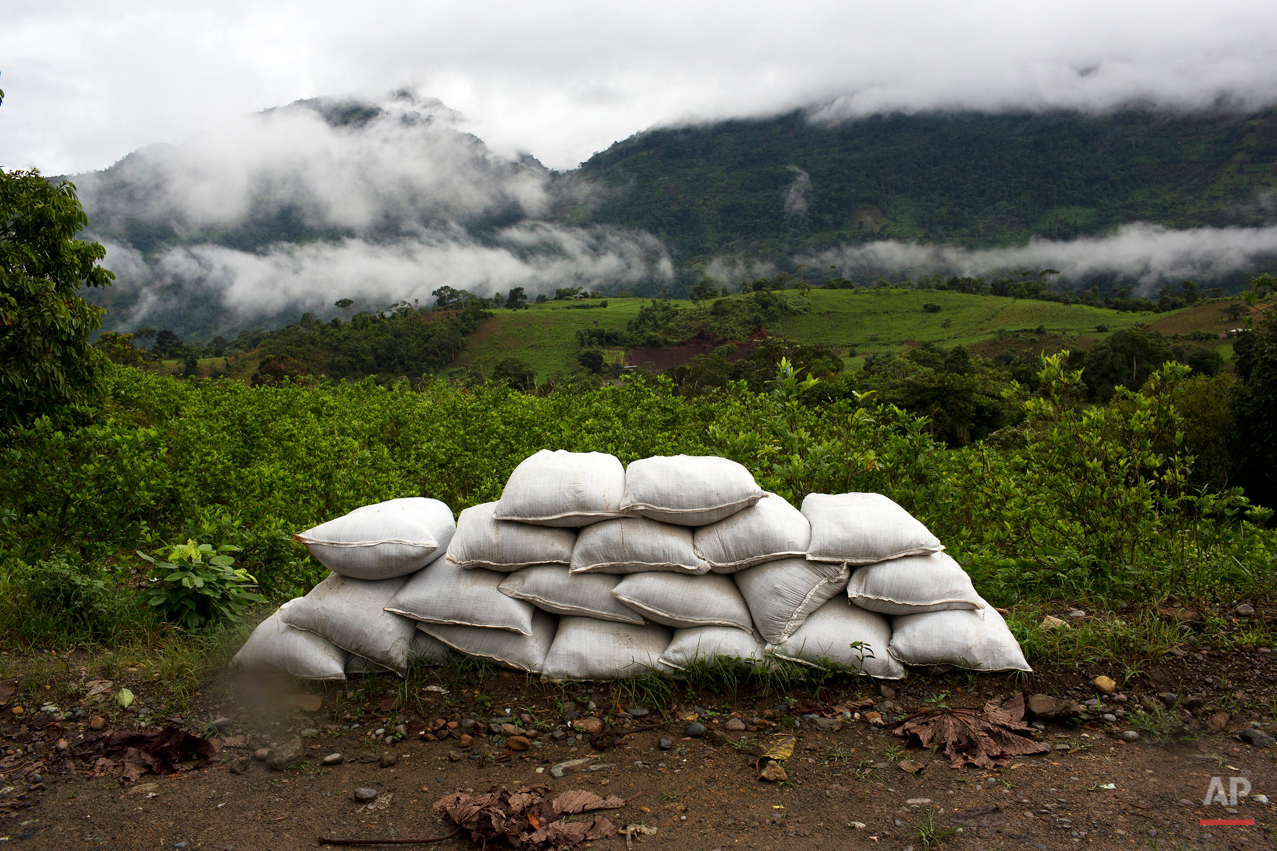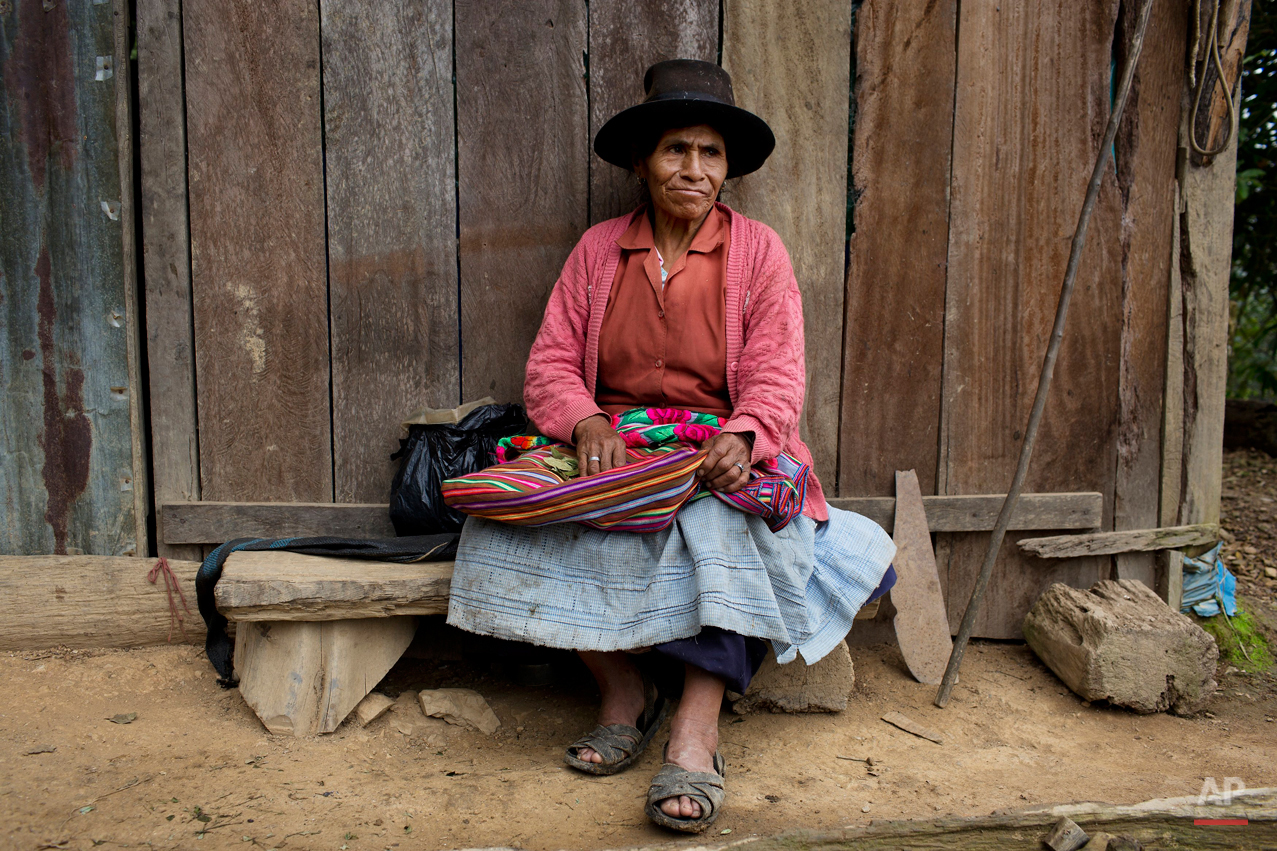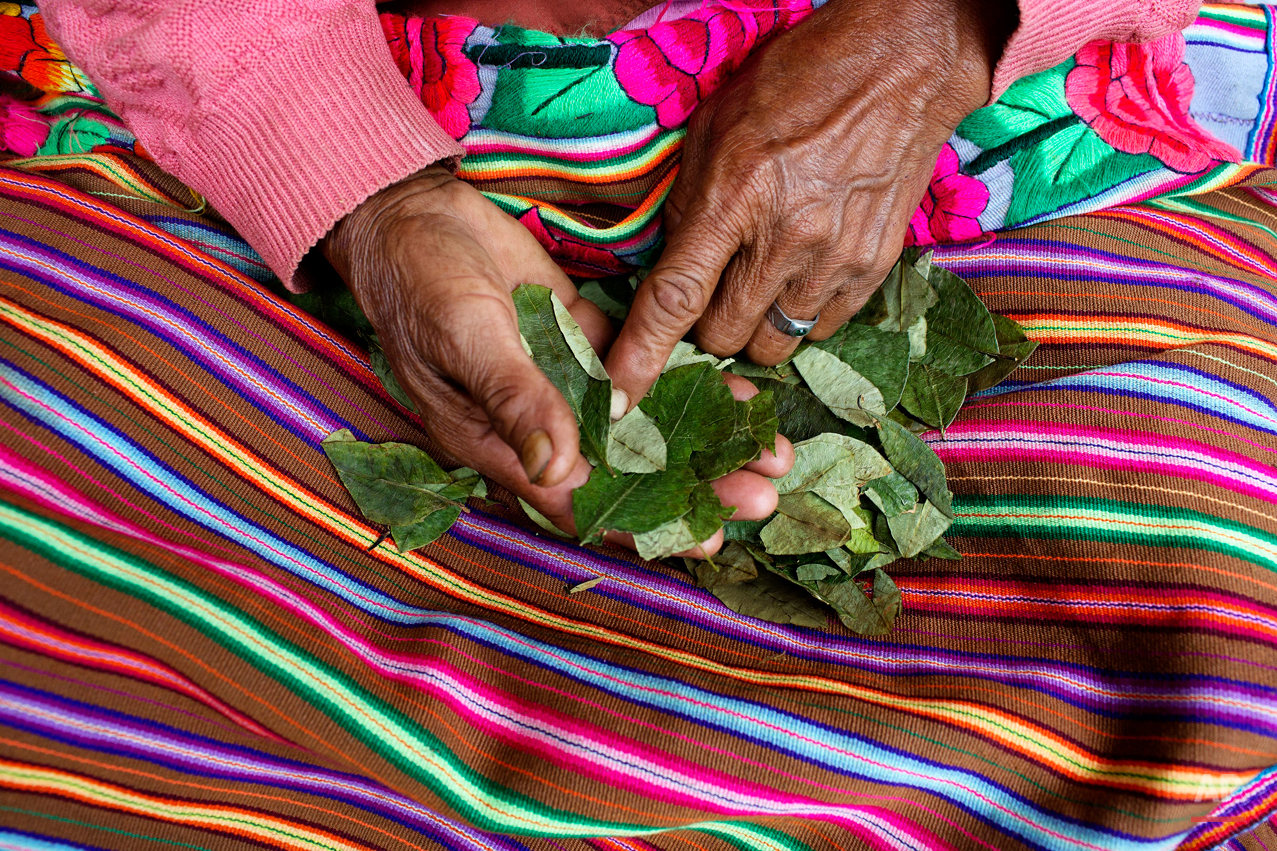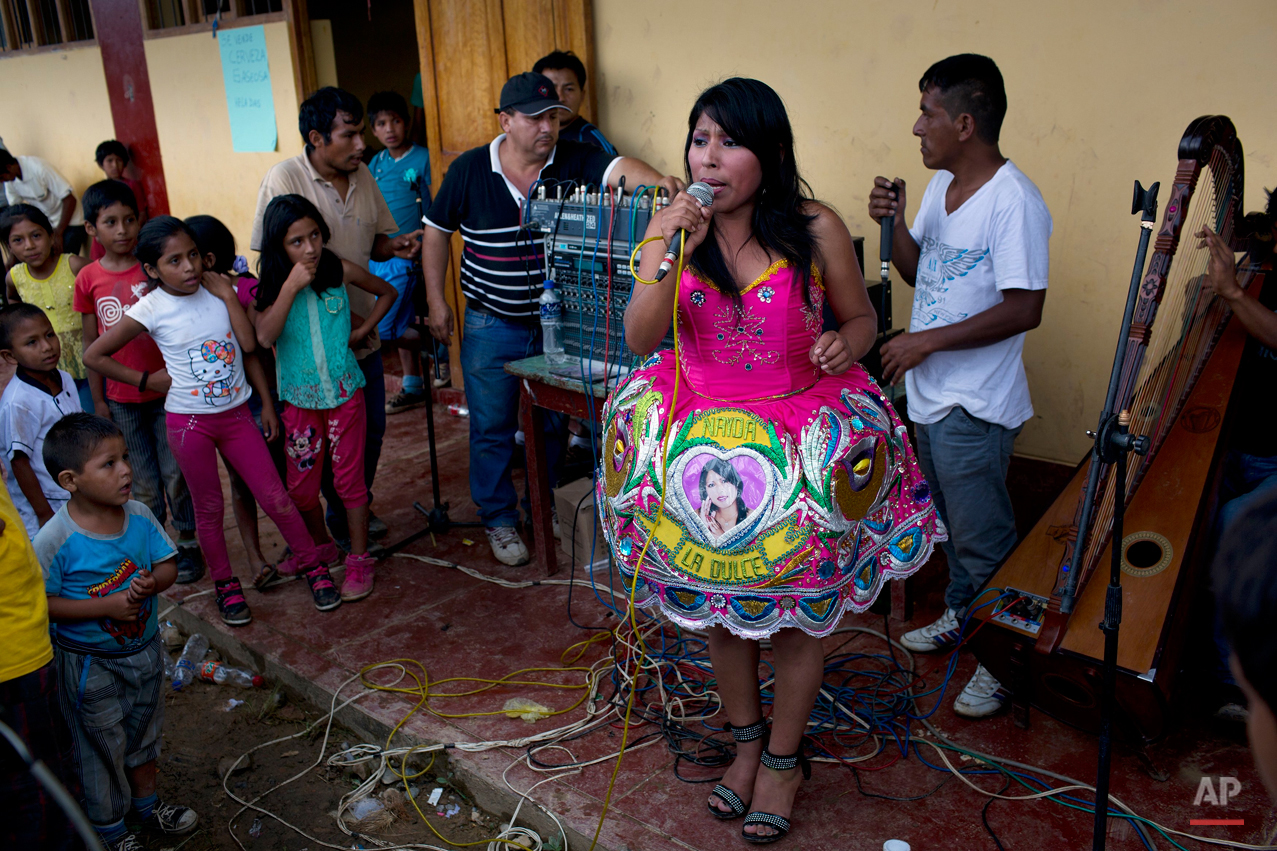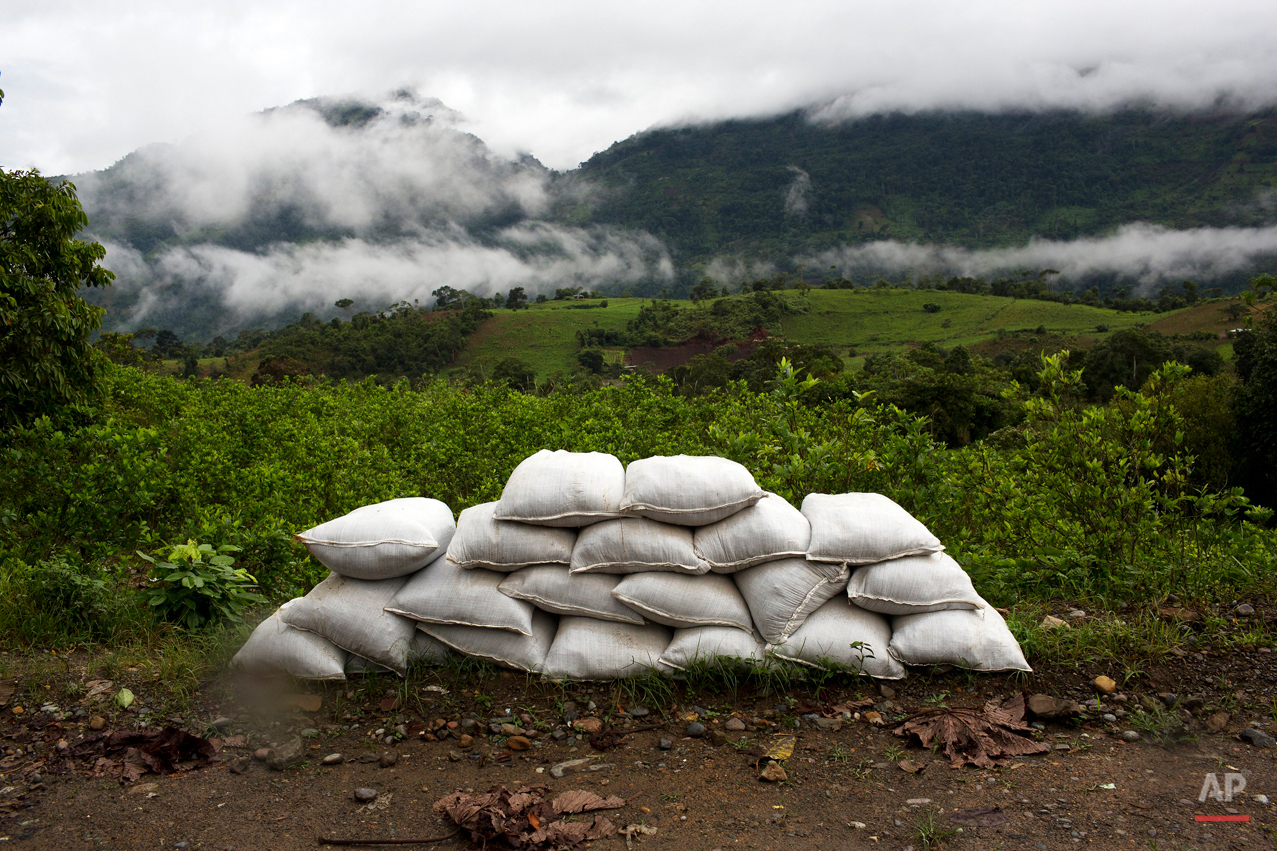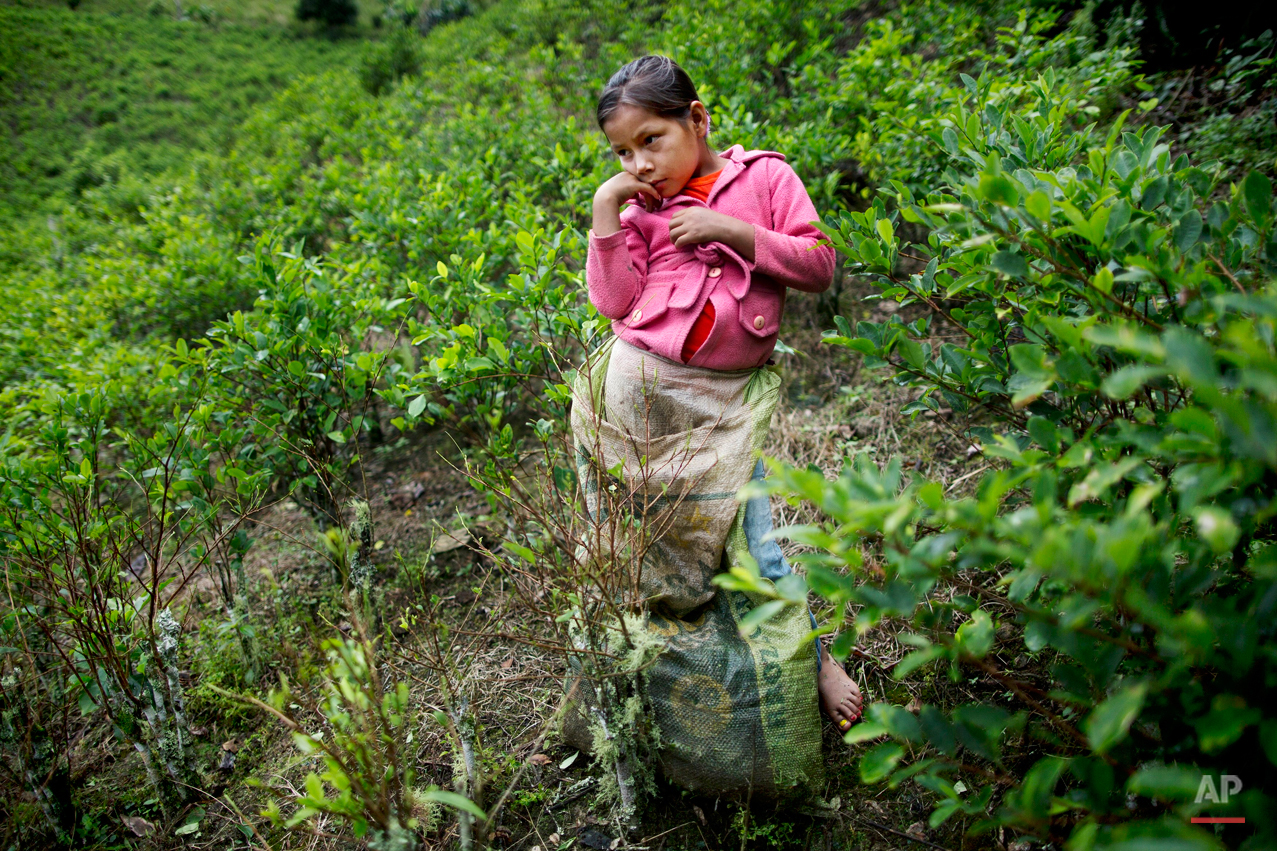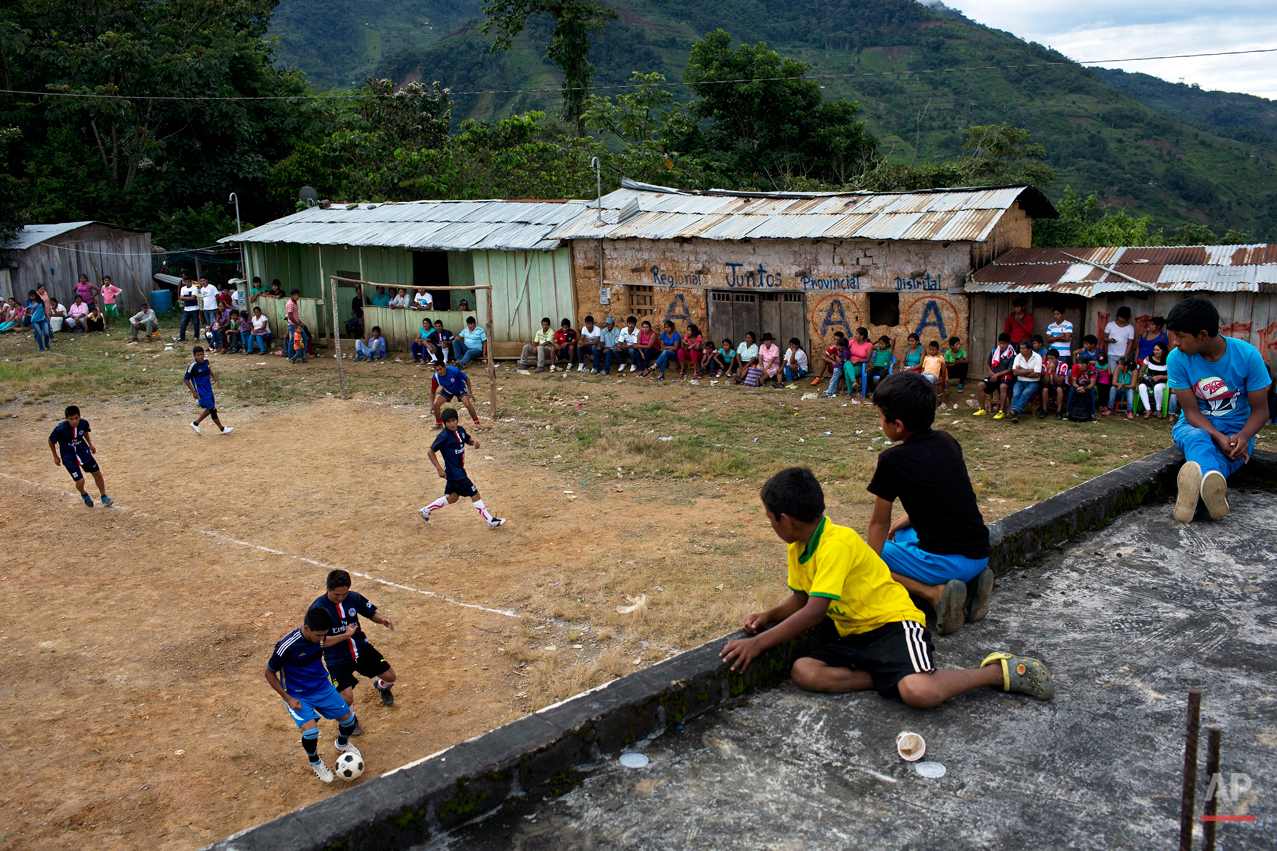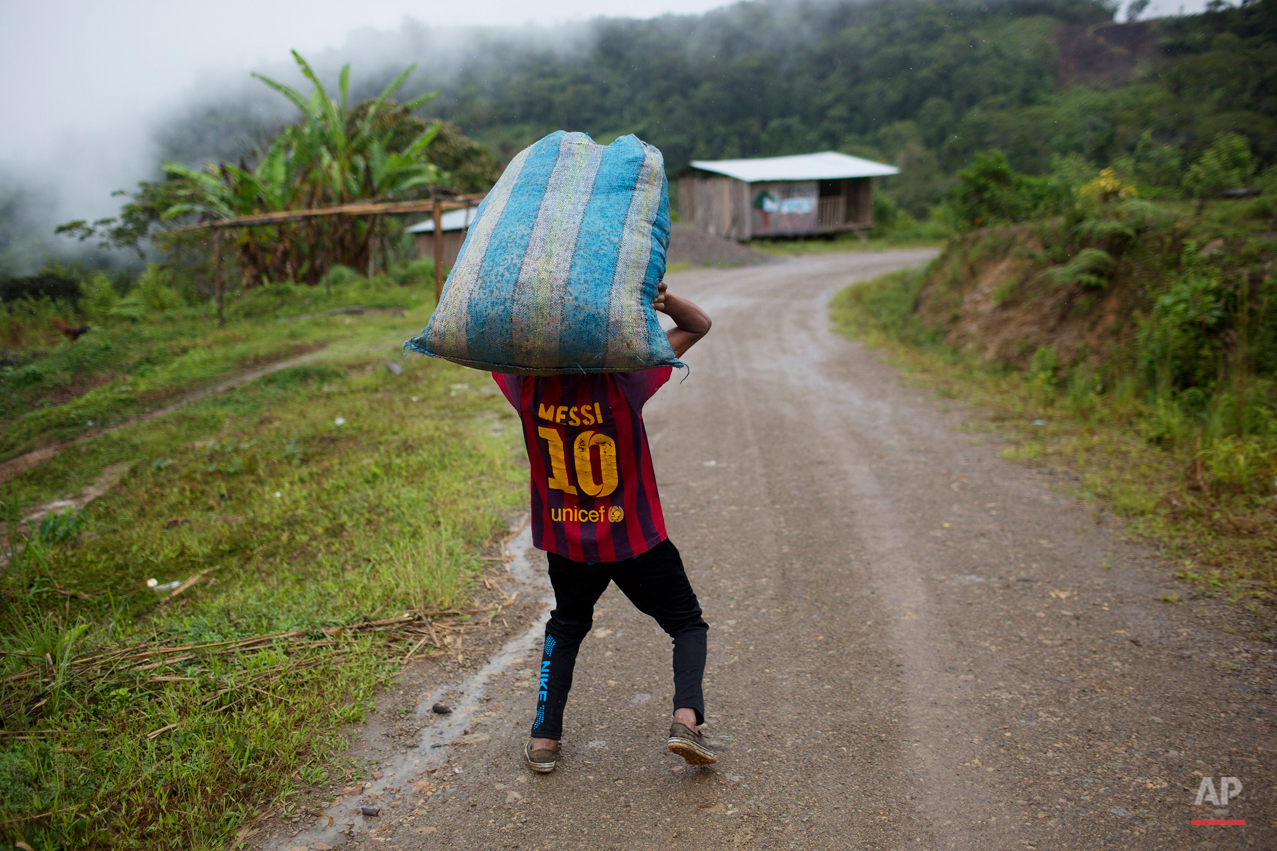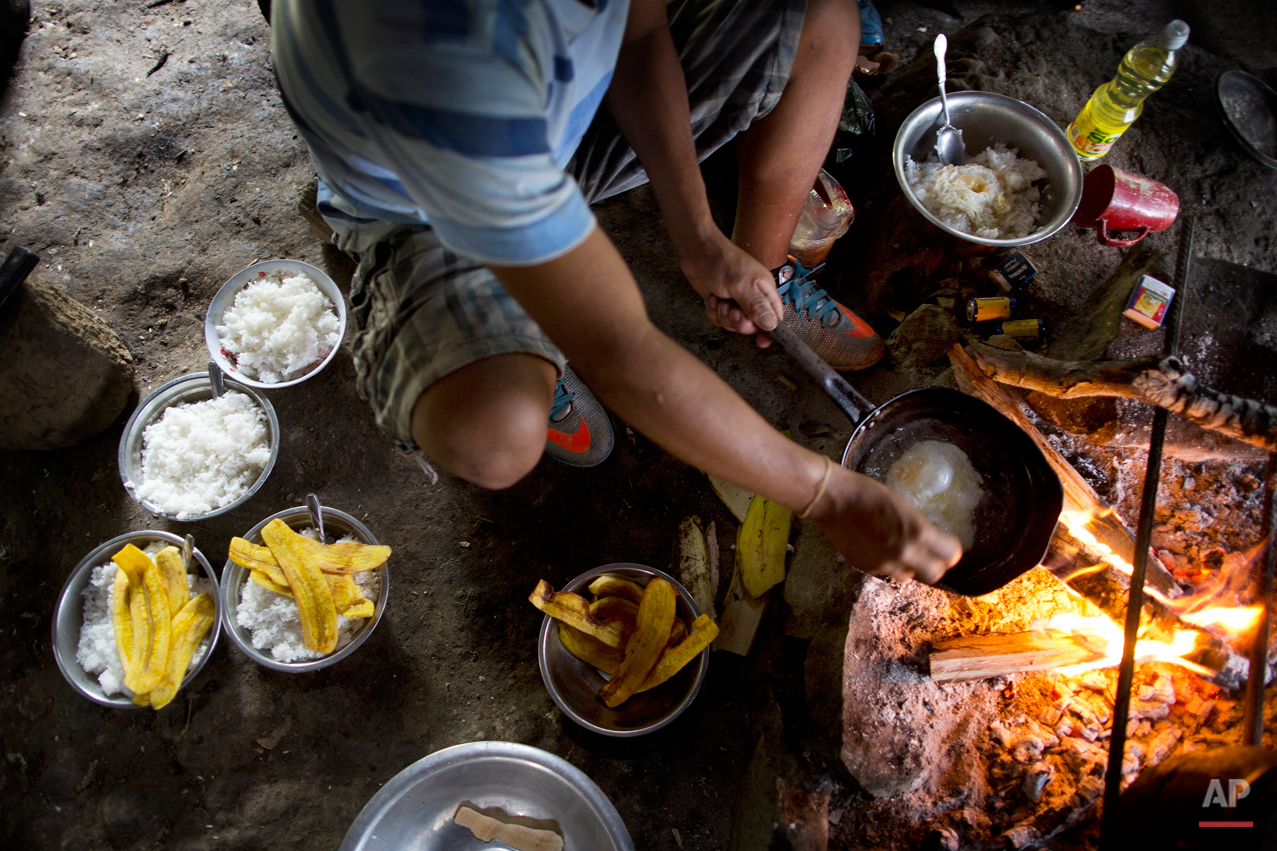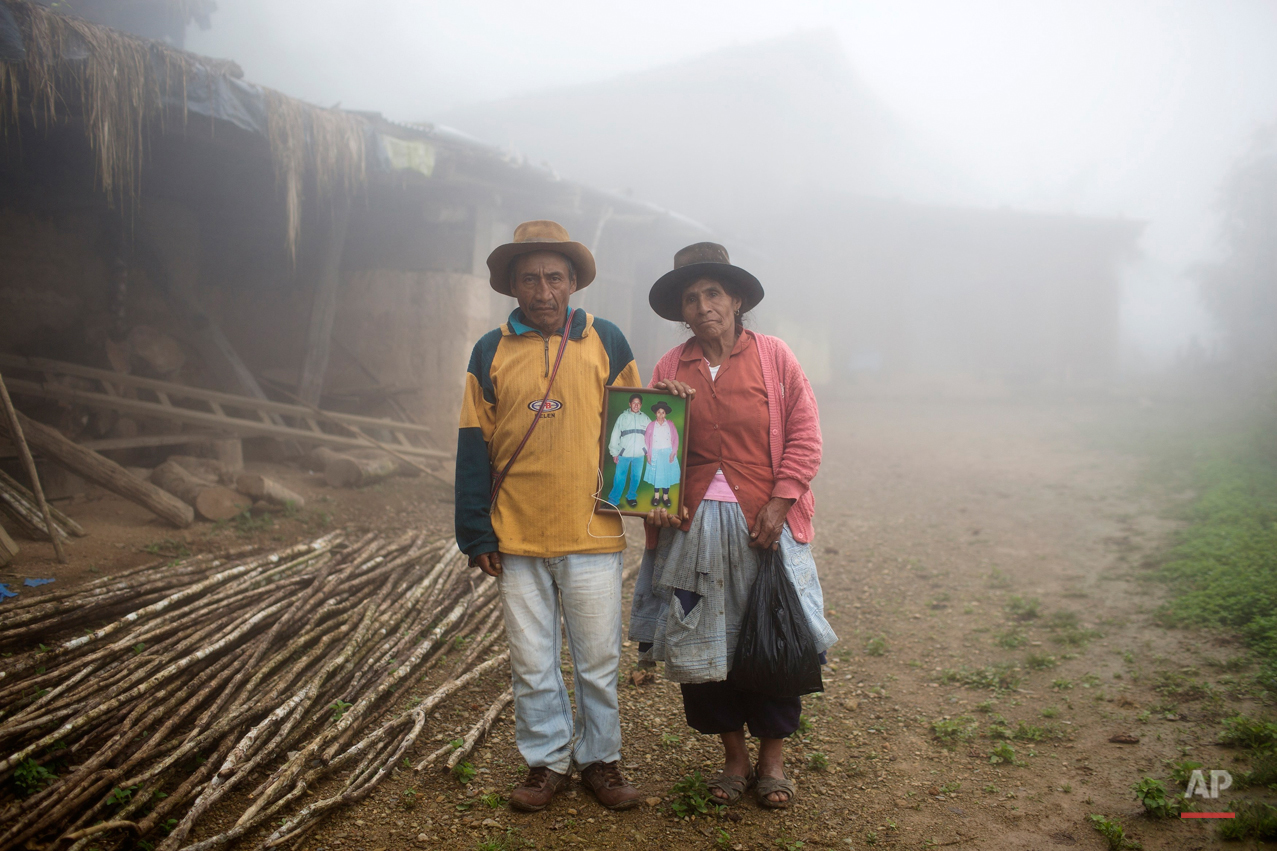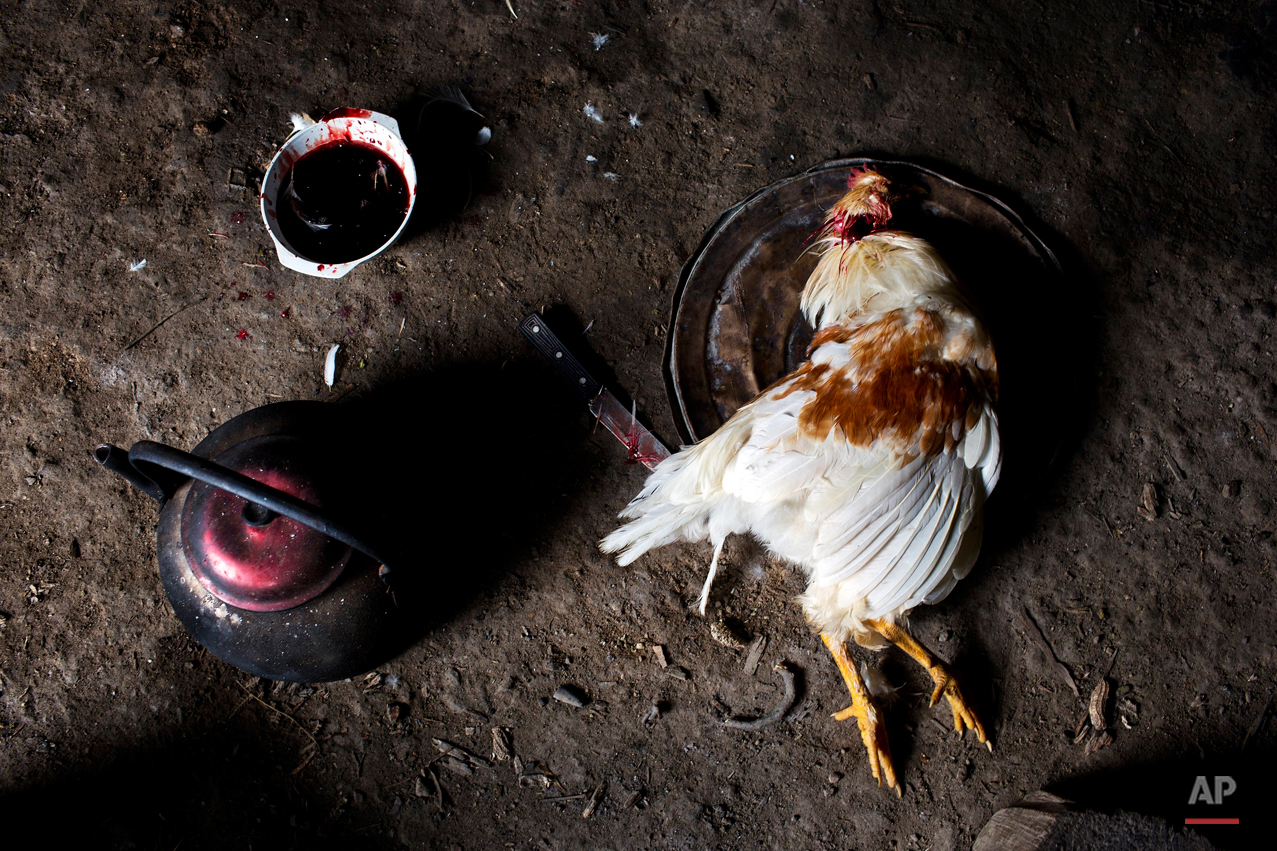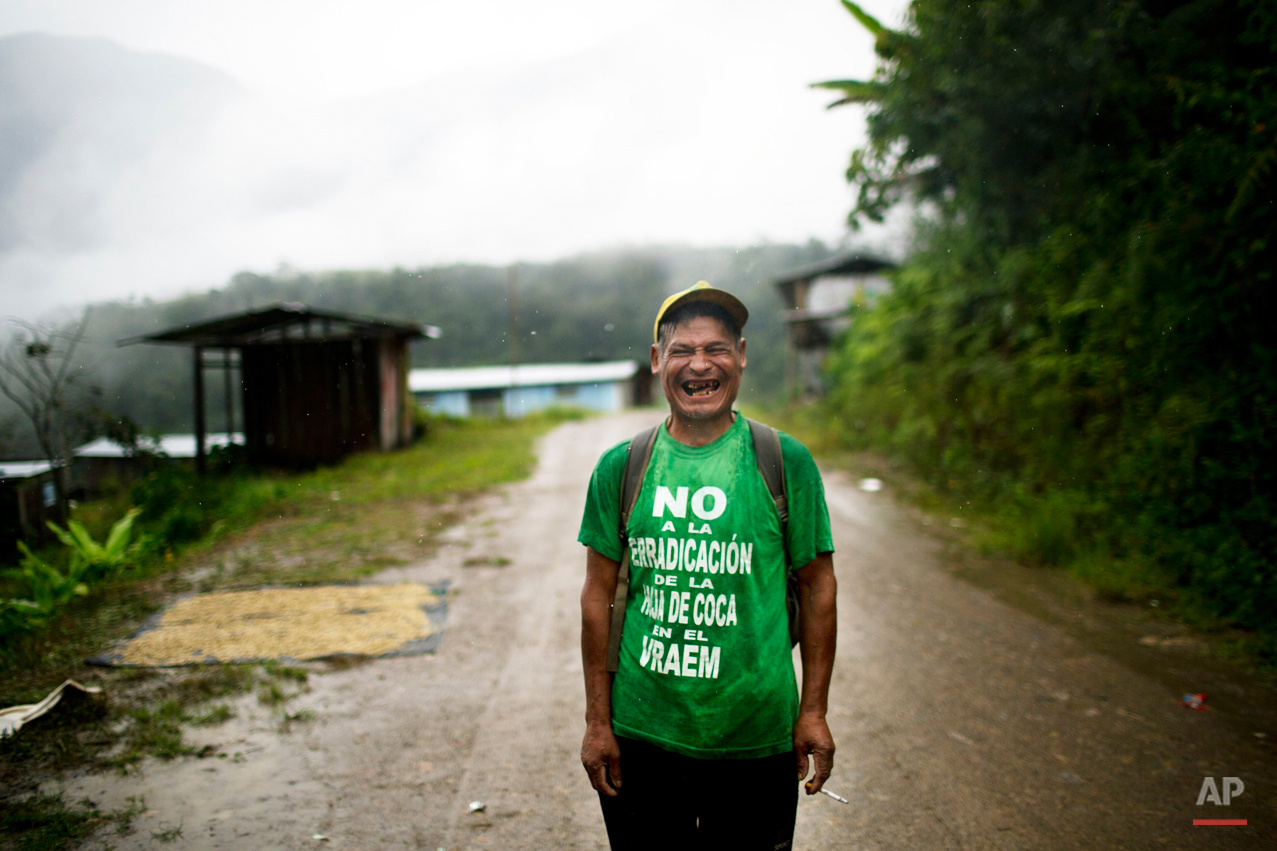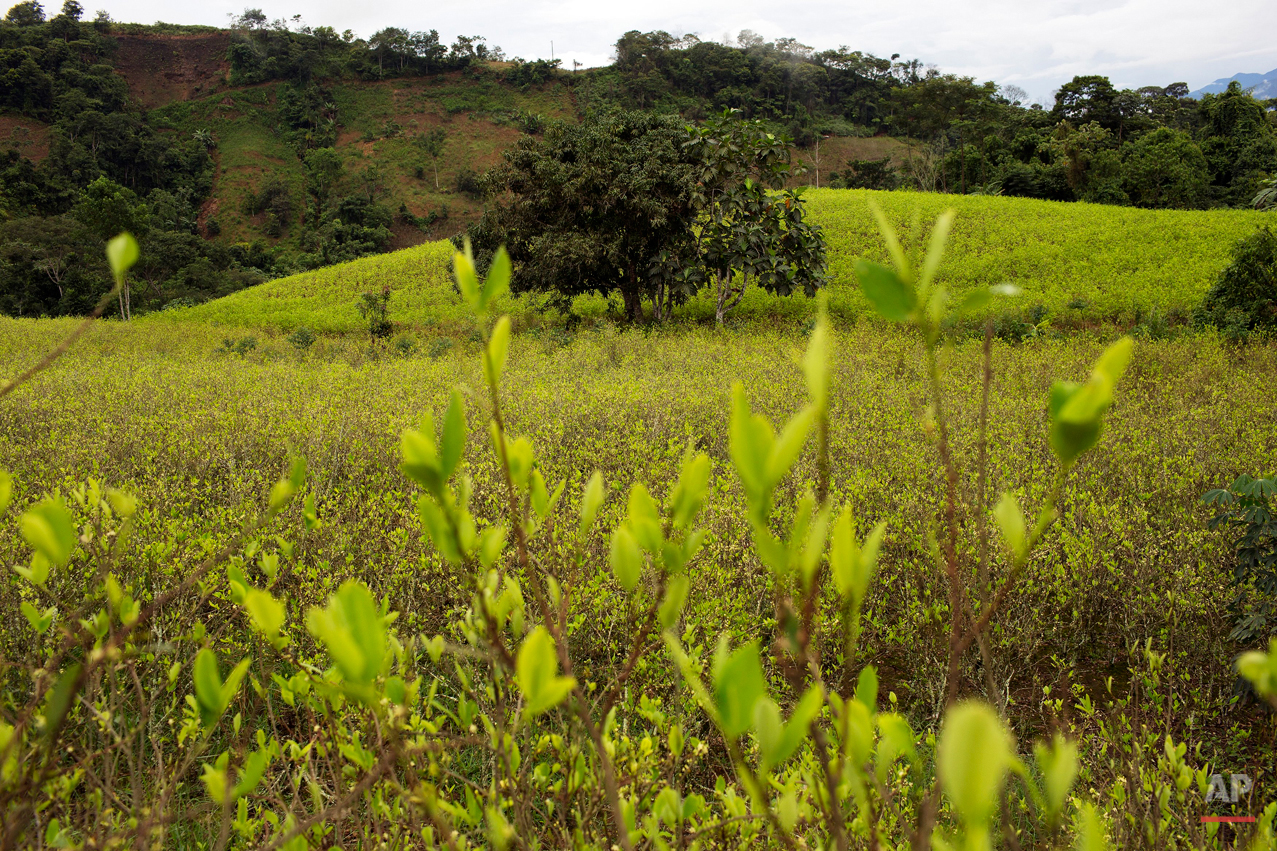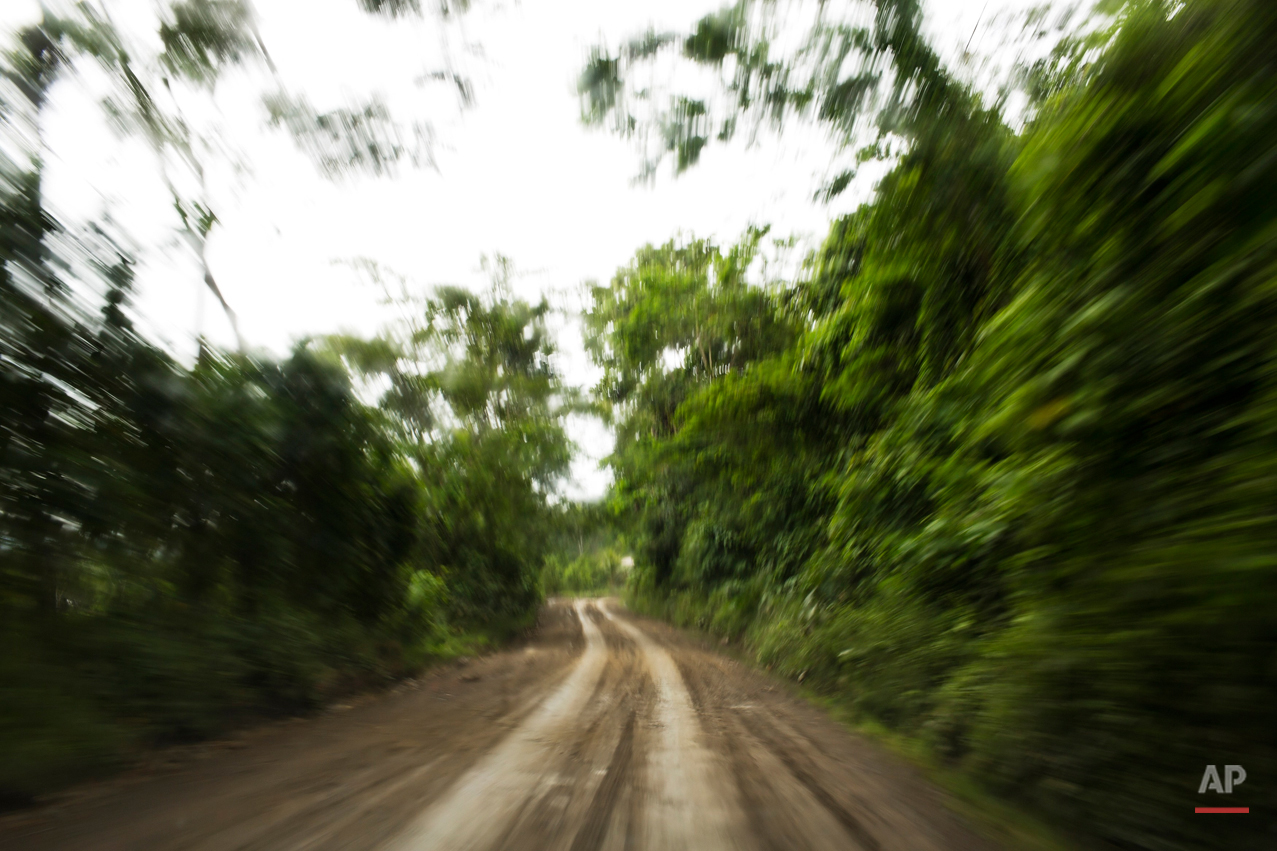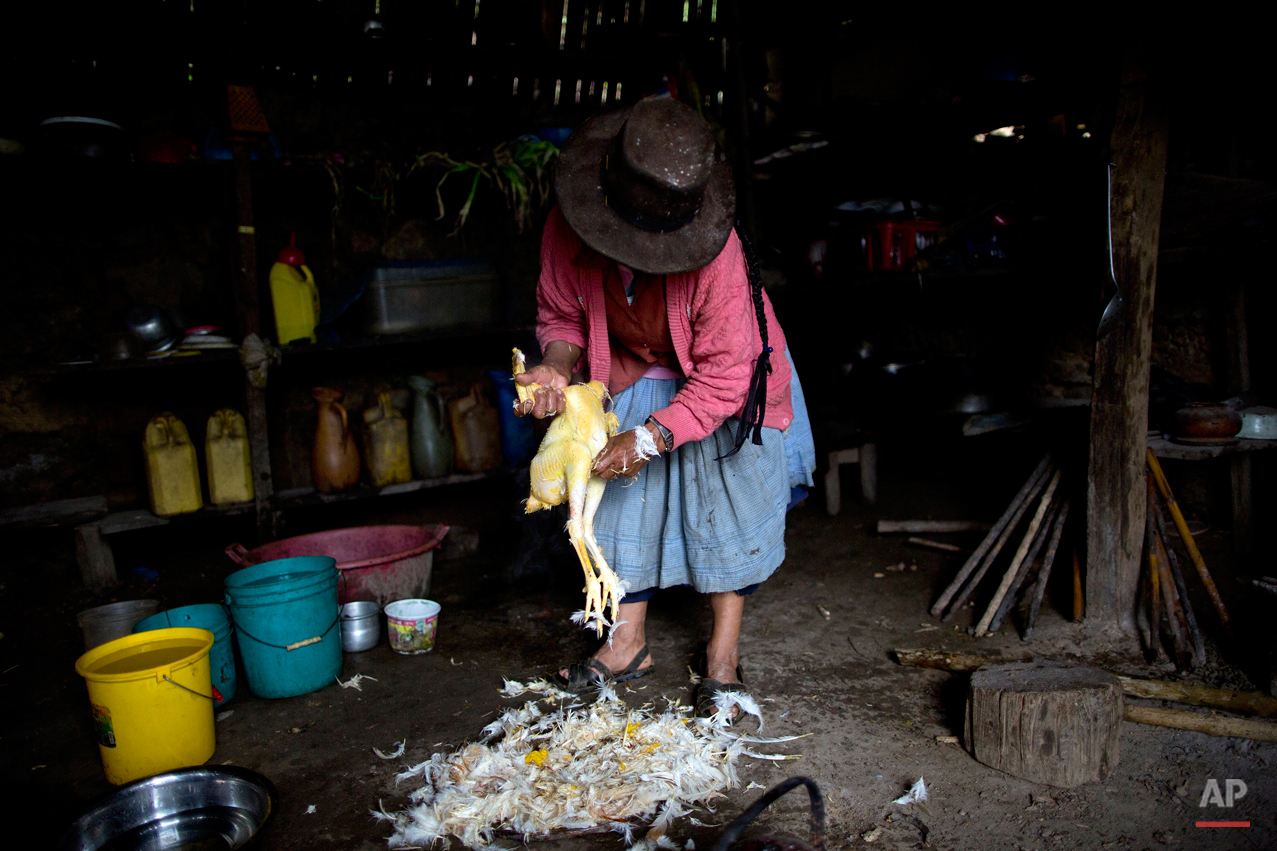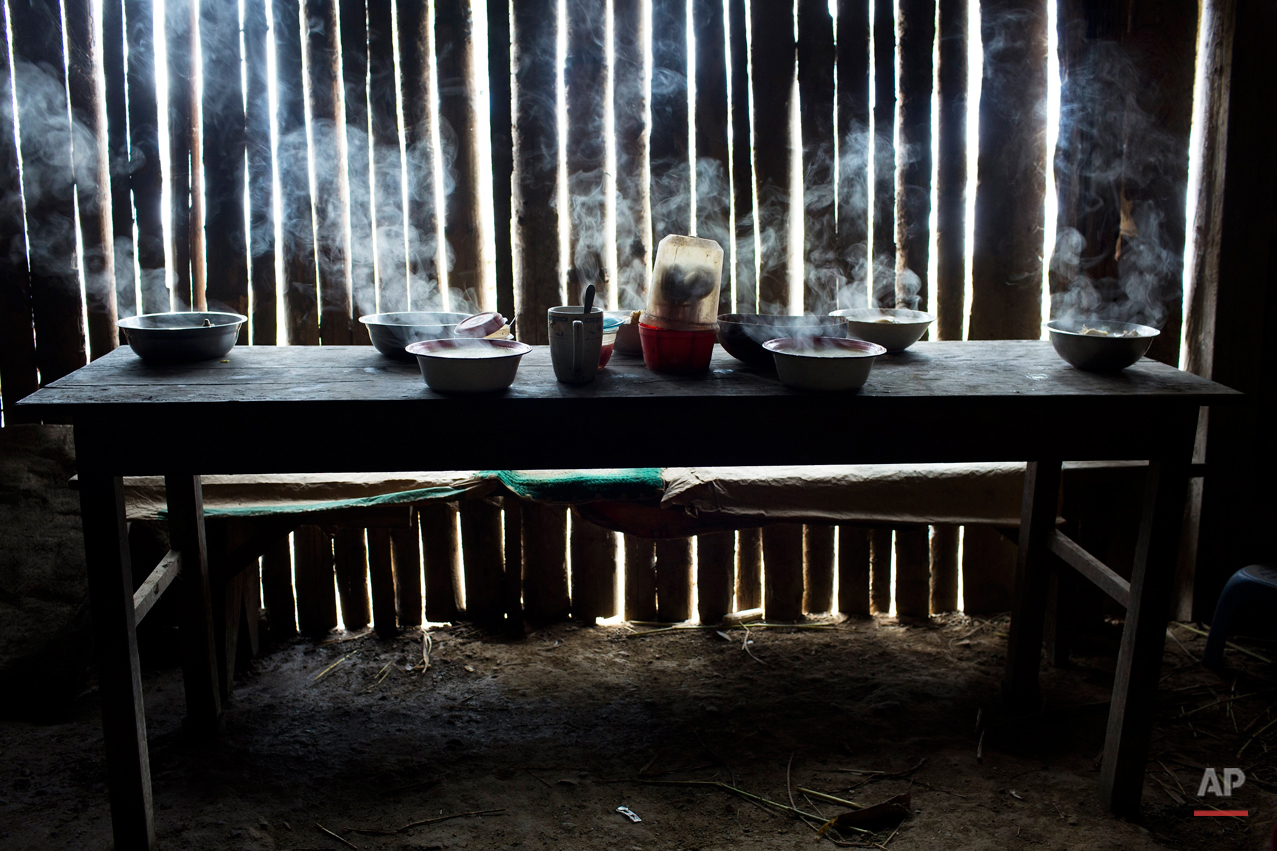Outsized risks face Peru's expendable cocaine couriers

He slides two T-shirts, shorts, canned tuna, toasted corn and boiled potatoes into the rucksack atop 11 pounds of semi-refined cocaine. In a side pocket, a .38-caliber Chinese pistol.
Mardonio Borda is a 19-year-old native Quechua with broken Spanish and a sixth-grade education. But he has at least $125,000 worth of drugs on his back that he will carry out of Peru's main coca-growing valley. He is among untold hundreds of cocaine backpackers who make the difficult and dangerous trek up Andean mountain paths first carved by their pre-Incan ancestors.
In this country that overtook Colombia in 2012 as the world's No. 1 cocaine-producing nation, Borda regularly hikes within a few hours of the Machu Picchu tourist mecca, bound for Cuzco with drugs. Sixty percent of Peru's cocaine comes from the remote Apurimac, Ene and Mantaro river valley, and the backpackers trek for three to five days to deliver cocaine to traffickers who move the drugs on for export. But it is not the lung-searing ascents to high altitudes that worry the young men. It is the armed gangs, crooked police, and rival backpacker groups who regularly rob cocaine's beasts of burden on journeys that can extend 100 miles (160 kilometers) or more.
"It's win or lose," said Borda, "like casino gambling."
Hauling cocaine out of the valley is about the only way to earn decent cash in this economically depressed region where a farmhand earns less than $10 a day. Beyond extinguishing young lives, the practice has packed Peru's highland prisons with backpackers while their bosses evade incarceration.
It is a big business. Roughly one third of the 305 metric tons of cocaine that the U.S. government estimates Peru produces each year travels by foot.
A hardy lot, cocaine backpackers are mostly native Quechua speakers like Borda and hail from the isolated peasant communities that suffered the worst atrocities of Peru's 1980-2000 dirty war with Shining Path rebels. Not a few backpackers are orphans, and some are Ashaninka, members of Peru's largest Amazon indigenous group.
The region's poverty rate is triple the national average, but the backpackers earn from $150 to $400 per trip, depending on the load. The 11 pounds of coca paste that Borda shoulders are worth about $3,500 in Peru — and 16 times as much wholesale in the United States. As powdered cocaine sold by the gram in New York City, it would fetch up to $250,000.
"The great majority haven't finished high school," said Laura Barrenechea, a sociologist whose non-governmental group CEDRO last year interviewed 33 backpackers inside the maximum-security Yanamilla prison in Ayacucho, a regional capital in Peru's central highlands where many backpackers' journeys end.
"They are not really conscious that they are the first link in the drug-trafficking chain."
Not a single fully paved road rises out of the Apurimac river valley, which stretches northward for 250 miles (400 kilometers), separating the Andes ridge from the Amazon basin.
Police say more and more cocaine is being processed to powder rather than left as coca paste, which includes residues of hydrocarbons, typically gasoline, used in the initial processing. While authorities say most of the drugs are now flown out, backpacking is dependable in the rainy season, cheaper than hiring a pilot and plane — and key to evading police checkpoints.
Backpackers, or "mochileros," ("mochila" is Spanish for backpack), have been hauling cocaine this way for nearly two decades.
After reaching highland cities on foot, cocaine travels mostly via highway either to Pacific ports or Bolivia's nearby border.
For more, read the AP news story.
See more photos | License these images
Text from the AP news story, Outsized risks face Peru's expendable cocaine couriers.
Spotlight is the blog of AP Images, the world’s largest collection of historical and contemporary photos. AP Images provides instant access to AP’s iconic photos and adds new content every minute of every day from every corner of the world, making it an essential source of photos and graphics for professional image buyers and commercial customers. Whether your needs are for editorial, commercial, or personal use, AP Images has the content and the expert sales team to fulfill your image requirements. Visit apimages.com to learn more.
Written content on this site is not created by the editorial department of AP, unless otherwise noted.
AP Images on Twitter | AP Images on Facebook | AP Images on Google+
Visual artist and Digital Storyteller at The Associated Press

